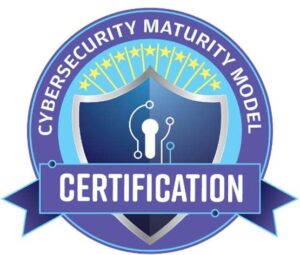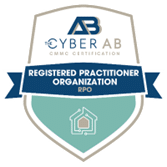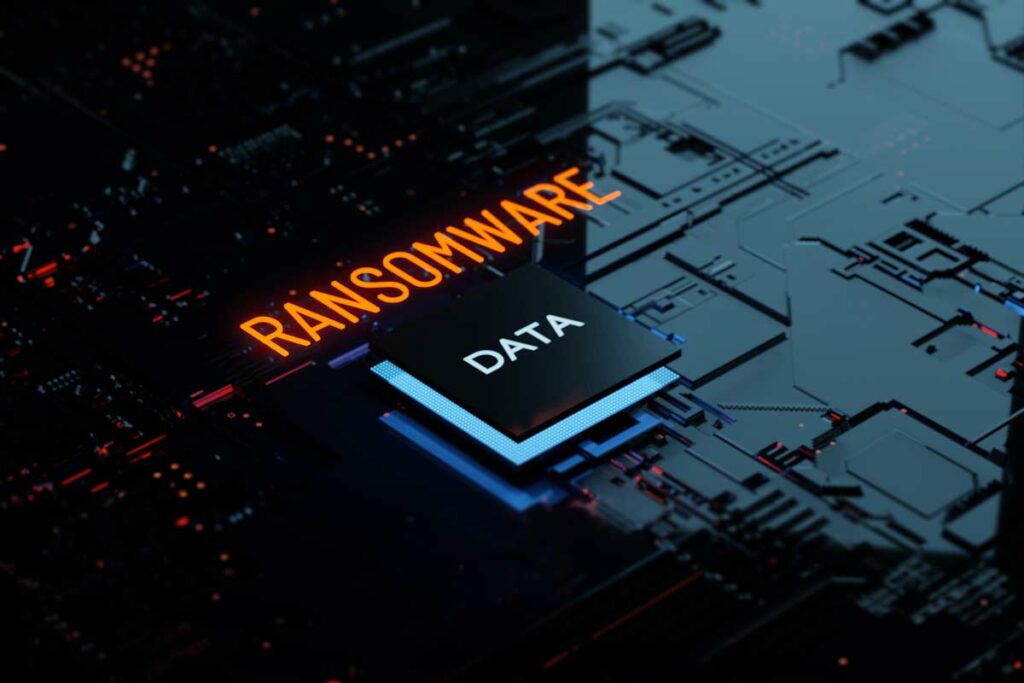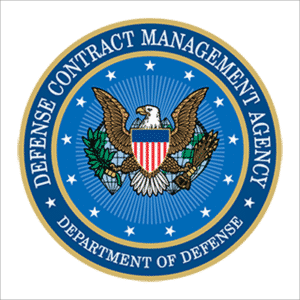
 Large multinational companies with US-based subsidiaries who provide products and/or services for the U.S. Department of Defense (DoD) are required to comply with the DoD’s cybersecurity regulation known as the Cybersecurity Maturity Model Certification, or CMMC. Because the regulation’s security controls require limited access of Controlled Unclassified Information (CUI) to U.S. citizens only, some multinational companies may face challenges with designing their IT systems in a way that can promote their current technological and operational efficiencies while at the same time enable them to comply with cybersecurity regulations (CMMC, ITAR, etc.).
Large multinational companies with US-based subsidiaries who provide products and/or services for the U.S. Department of Defense (DoD) are required to comply with the DoD’s cybersecurity regulation known as the Cybersecurity Maturity Model Certification, or CMMC. Because the regulation’s security controls require limited access of Controlled Unclassified Information (CUI) to U.S. citizens only, some multinational companies may face challenges with designing their IT systems in a way that can promote their current technological and operational efficiencies while at the same time enable them to comply with cybersecurity regulations (CMMC, ITAR, etc.).
SysArc helps multinational companies overcome this challenge by building secure network Enclaves using GCC and GCC High, Microsoft’s secure government cloud offerings, for their U.S. subsidiaries. This article will explain what an Enclave is and how it can help multinational clients achieve CMMC compliance in the most cost-effective manner.
What is a Secure Enclave?
A secure Enclave refers to a separate network (domain) that is a subset of a larger network of users and workloads that is segregated from the broader network infrastructure. The primary objective of establishing a secure Enclave is to confine internal access to specific datasets like CUI rather than protecting all data in the larger Corporate network. In other words, limiting the scope of what needs to be protected and therefore limiting the associated costs and complexities of securing everything under the sun.
What are the Benefits of a GCC High Enclave?
A GCC or GCC High Enclave provides many important benefits including the following:
- Reduced Financial Cost: Because the Enclave only needs to serve a segment of the overall network infrastructure, the financial cost associated with building and maintaining the resources within the segment are, in most cases, much lower than if those resources were deployed across the entire network. In short, because the resources required for the Enclave are smaller in scale, the costs are lower.
- Easier Path to Compliance – An Enclave can be configured with many of the required security controls in mind, so once deployed you could be 75-80% compliant on day one.
- Reduced Risk: Since the Enclave inherently reduces the amount of data, workloads and end-points to a smaller segment of the company, the cyber attack surface is reduced and the scope of proving compliance is much smaller.
Are You Considering An Enclave for Your Company?
 If you’re considering using an Enclave to help your company save on the cost associated with meeting CMMC requirements, consider SysArc’s cybersecurity compliance team. Over nearly a decade, our team has helped thousands of companies in the U.S. Defense Industrial Base navigate the complexities of DFARS 7012, NIST 800-171, ITAR and CMMC. As a CMMC RPO, our expertise in GCC High Migrations and CMMC compliance preparation, allows us to deliver effective solutions faster and at a lower cost than other providers in the space. To get started, request a consultation here.
If you’re considering using an Enclave to help your company save on the cost associated with meeting CMMC requirements, consider SysArc’s cybersecurity compliance team. Over nearly a decade, our team has helped thousands of companies in the U.S. Defense Industrial Base navigate the complexities of DFARS 7012, NIST 800-171, ITAR and CMMC. As a CMMC RPO, our expertise in GCC High Migrations and CMMC compliance preparation, allows us to deliver effective solutions faster and at a lower cost than other providers in the space. To get started, request a consultation here.
 When asked about the date he would expect CMMC requirements to show up in contracts, Metzger said, “It doesn’t really matter. The smart move is to protect yourself. Now. Not because you have to comply but because you want your enterprise to stay in business. Don’t let yourself think that it matters what day you happen to get a request for information or request for proposals that requires an assessment. Be secure beforehand for the sake of your employees, your lenders, your clients, your customers, your investors. And then also your regulator.”
When asked about the date he would expect CMMC requirements to show up in contracts, Metzger said, “It doesn’t really matter. The smart move is to protect yourself. Now. Not because you have to comply but because you want your enterprise to stay in business. Don’t let yourself think that it matters what day you happen to get a request for information or request for proposals that requires an assessment. Be secure beforehand for the sake of your employees, your lenders, your clients, your customers, your investors. And then also your regulator.” Since the beginning of the rollout of the Defense Federal Acquisition Regulation Supplement (DFARS) and now the Cybersecurity Maturity Model Certification (CMMC), much of the emphasis on the necessity of these programs has been on protecting national security. Also, the top down enforcement of these programs has led many DIB suppliers to focus less on the benefits of implementing cybersecurity controls within their organizations, and more on simply trying to “follow the law” so that they can continue to win government contracts — what many of these suppliers depend on to survive.
Since the beginning of the rollout of the Defense Federal Acquisition Regulation Supplement (DFARS) and now the Cybersecurity Maturity Model Certification (CMMC), much of the emphasis on the necessity of these programs has been on protecting national security. Also, the top down enforcement of these programs has led many DIB suppliers to focus less on the benefits of implementing cybersecurity controls within their organizations, and more on simply trying to “follow the law” so that they can continue to win government contracts — what many of these suppliers depend on to survive.
 As a Managed Security Service Provider (MSSP) for Department of Defense (DoD) contractors throughout the United States it is one of our missions to keep Defense Industrial Base (DIB) companies updated on DFARS requirements and the rollout of CMMC. This is so they can meet the DoD’s cybersecurity requirements and continue to offer their products and services to the department without any delays or surprises.
As a Managed Security Service Provider (MSSP) for Department of Defense (DoD) contractors throughout the United States it is one of our missions to keep Defense Industrial Base (DIB) companies updated on DFARS requirements and the rollout of CMMC. This is so they can meet the DoD’s cybersecurity requirements and continue to offer their products and services to the department without any delays or surprises.